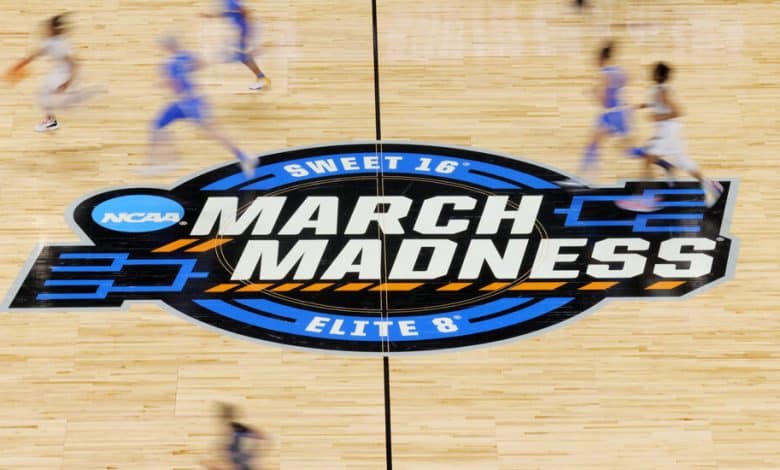The N.C.A.A.’s Landmark Athlete-Pay Settlement, Explained

When the N.C.A.A. and the major athletic conferences agreed on Thursday night to a $2.8 billion settlement of a class-action antitrust lawsuit by college athletes, it was a pivotal moment in the long history of college sports.
For the first time, the N.C.A.A. agreed to allow colleges and universities to pay athletes directly for playing sports, through revenue sharing plans.
The agreement also would pay compensation to close to 25,000 athletes who attended 363 Division I colleges and were denied the ability to make money by marketing their names and images during their playing days. Restrictions on those kinds of deals were lifted by the N.C.A.A. in 2021.
Here’s what we know about the settlement and its possible impact.
How is this settlement different from other lawsuits and decisions over pay for student athletes?
This settlement would create a system through which Division I athletes can be paid directly by their schools for playing sports — a first in the nearly 120-year history of the N.C.A.A. An earlier decision three years ago permitted college athletes to make money on their own by marketing their names and images individually.
Is the settlement final?
Not yet. The federal judge in California, Claudia Wilken, who is presiding over the case, known as House v. N.C.A.A., will decide in the next few months whether to approve or reject the settlement.
Judge Wilken has decided two other influential antitrust cases against the N.C.A.A. involving payment to student players. In each of the cases, known as O’Bannon and Alston, she ruled for the plaintiffs, but awarded only minimal relief.
